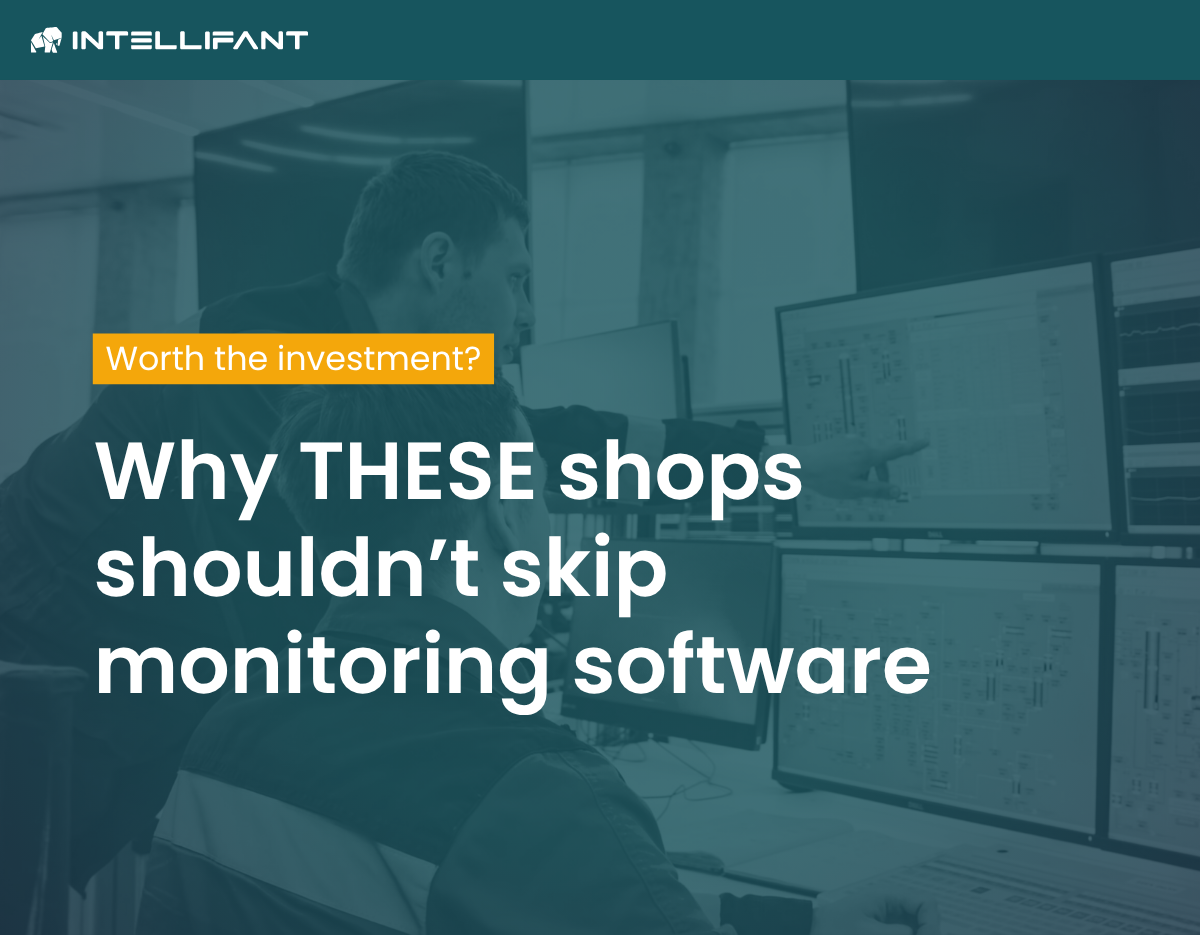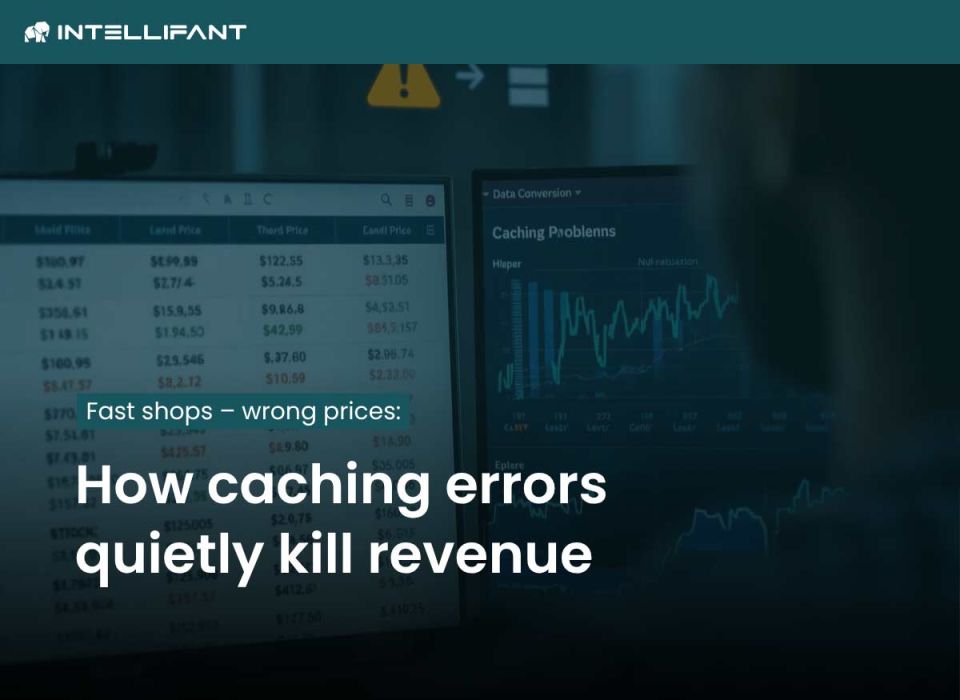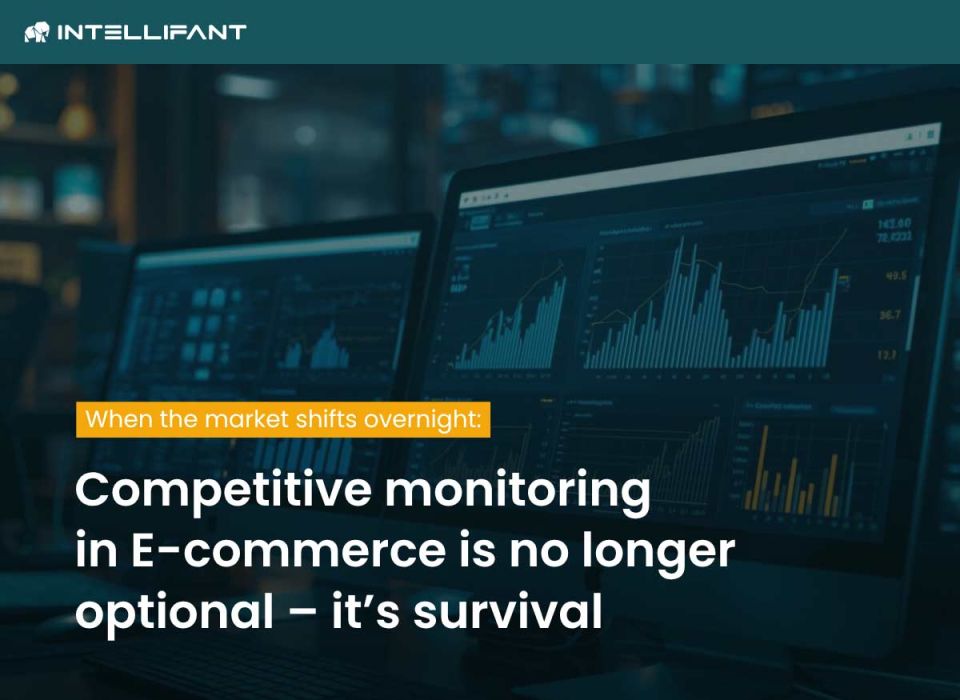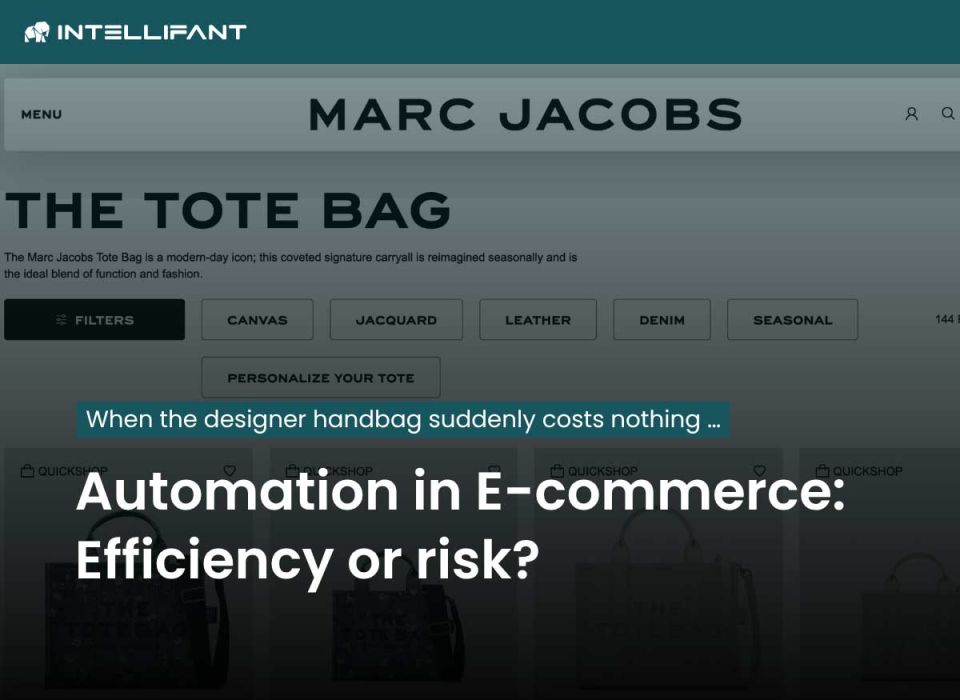Return on investment from monitoring software: When anomaly detection really pays off
According to statistics, over 80 percent of all failures in e-commerce go unnoticed for a long time. The reason? Many shops use classic dashboards to monitor their sales figures and processes.
This results in massive losses – especially in the case of pricing errors, stock problems or system crashes. Anomaly detection tools can help here.
However, many online shops shy away from the investment. Concerns about costs and effort are often too great. The fact is: Not every shop needs an early warning system right away.
But when does investing in anomaly detection really pay off – and how can the return on investment (ROI) be quantified in concrete terms?
More than reporting: what monitoring software actually does
While dashboards tend to provide a retrospective view, modern monitoring software offers real-time monitoring with automatic alerts in the event of deviations.
Tools such as INTELLIFANT with integrated anomaly detection recognise pattern breaks and help to take countermeasures in good time.
An example: If a product is accidentally listed for £1.99 instead of £19.90 and 500 orders are placed, the loss amounts to almost £9,000 – a sum that can threaten the existence of smaller shops in particular.
Sample calculation: anomaly detection ROI in e-commerce
A medium-sized online retailer generates £2 million in sales per month.
Assuming that only 1 per cent of sales are lost each month due to undetected errors (= £20,000). Good monitoring software can catch 60-80 per cent of these.
Even with a conservative estimate (60 percent savings), the result is:
- Error costs saved: £10,000 per month
- Investment in monitoring software: approx. £1,000–2,000 per month
→ Return on investment monitoring: 6–12 times
Shops with high sales per order (e.g. electronics, furniture, spare parts) benefit particularly, as even a single pricing error can cost thousands of pounds.
Who benefits from monitoring?
In summary, monitoring is particularly worthwhile for companies with...
- ...at least 1,000 orders per month.
- ...sales via multiple channels or marketplaces.
- ... their own online shop with a high number of SKUs....
- high standards of brand reputation and service quality.
For shops with very low order volumes, a manageable product range and processes that can be easily controlled manually, the use of anomaly detection may not be necessary at first – if potential errors only have a minimal financial impact.
However, monitoring tools can also be helpful here, for example to identify order peaks in a timely manner and optimise marketing costs.
Conclusion: Reduce error costs, secure processes
Of course, the above calculation is an example – but it is based on realistic scenarios and statistical probabilities.
Monitoring software is therefore not a luxury, but an efficiency booster. It detects what classic reports overlook and protects your shop from silent losses.
In the end, it's like certain types of insurance: you can get by without them for years – until the one case occurs that costs you your livelihood. Those who act wisely protect themselves.
Operational risks are thus massively reduced – and early warning systems such as INTELLIFANT pay off. Not at some point in the future, but immediately.
#ecommerce #earlywarningsystem #ROI #monitoringsoftware #earlywarning systems





